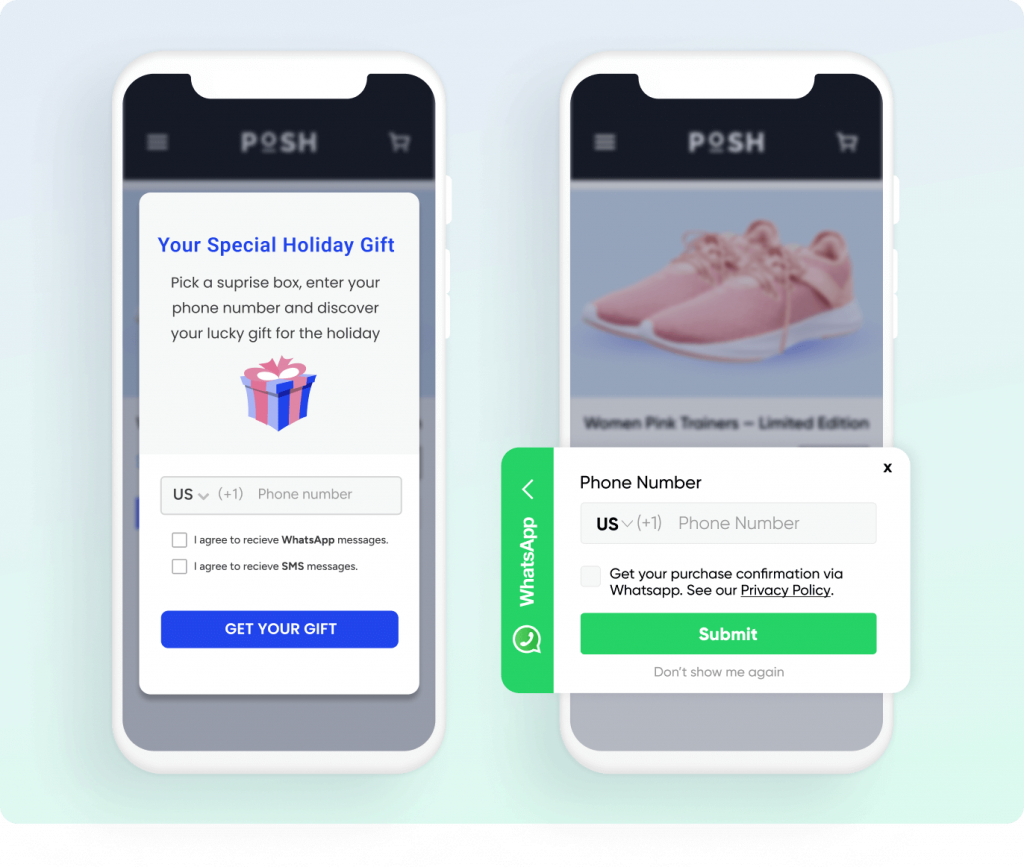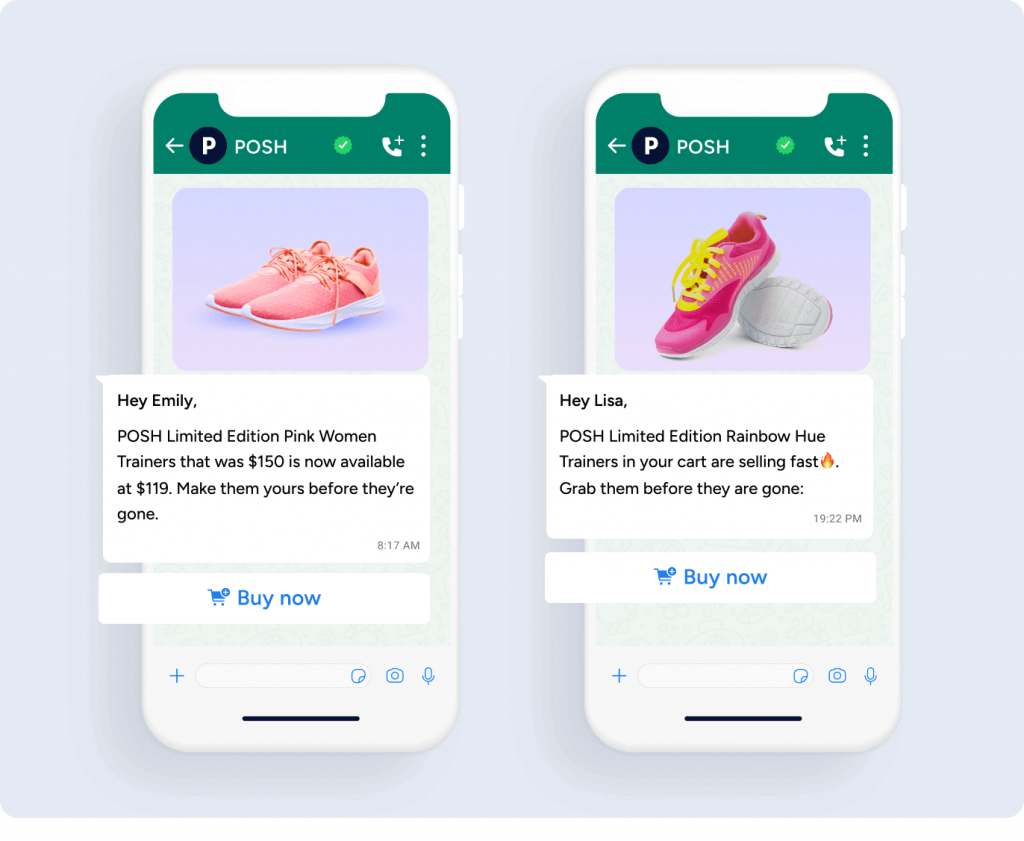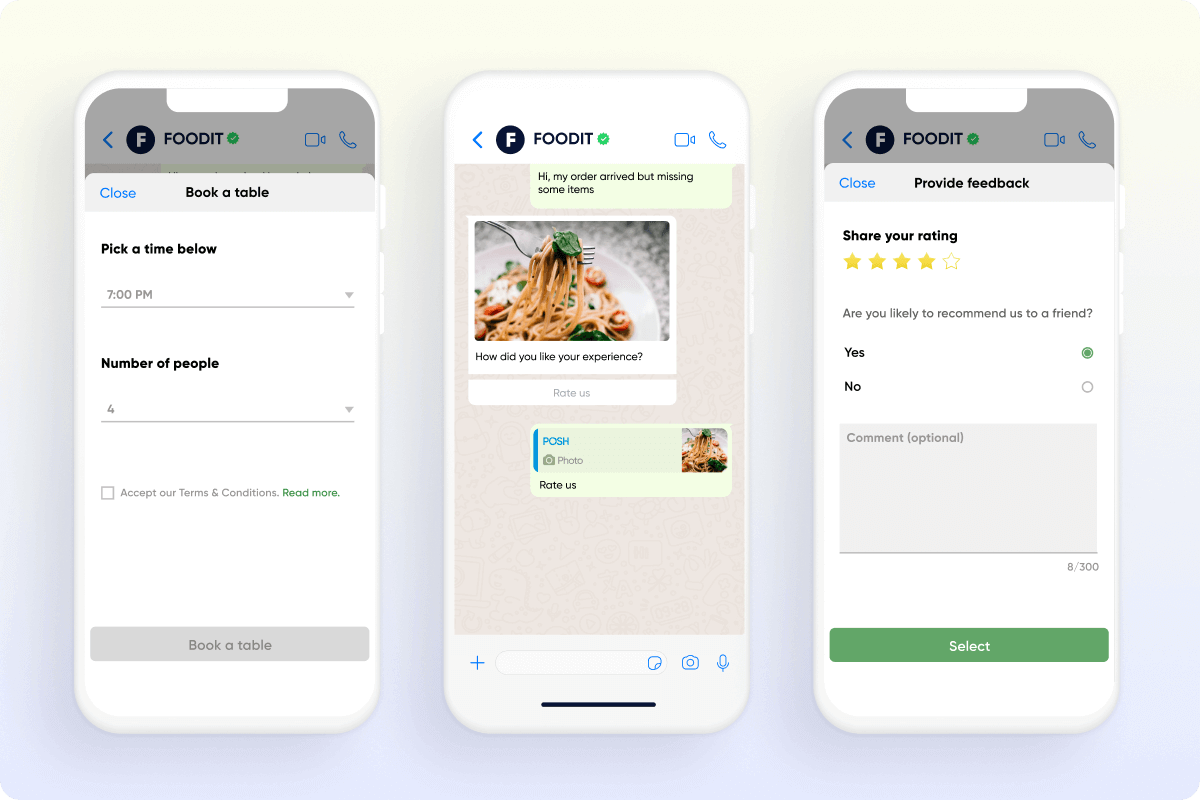Everything you need to know about Meta’s latest deliverability rules for WhatsApp
If you’re a WhatsApp business account owner, then listen up. Meta has announced its latest WhatsApp deliverability rules that mainly impact promotional messages from businesses to users. This blog uncovers the scope of this announcement and how, as a marketer, you can prepare yourself for this change.
Updated on 28 May 2024
What is the WhatsApp deliverability update?
To promote ethical WhatsApp messaging strategies, WhatsApp has introduced “per-user marketing template message limits” in its latest release. From February 6, 2024, new limits began rolling out, initially to a select cohort of WhatsApp users in India, before expanding to all Indian users by February 13, 2024, and across all markets, beginning on May 23, 2024.
WhatsApp’s update introduces limits on the number of marketing messages a customer receives and the time period for these messages, meaning, not all users will receive the messages businesses try to send. Following this update, if multiple businesses intend on starting a new marketing conversation with a user, the business may receive the following error message: “Receiver is incapable of receiving this message”.
Importantly, the limit applies to initiating new marketing conversations only rather than ongoing engagements. Encountering delivery issues, indicated by error codes 131026 (Cloud API) and 1026 (On-Premises API), requires a recalibration of your messaging strategy rather than immediate message repetition.
This initiative signifies a profound shift necessary for businesses leveraging WhatsApp to adopt profoundly customer-centric marketing strategies. This helps WhatsApp prioritize customer experience by reducing ad clutter and spam while promoting meaningful interactions between brands and customers. The decision-making process for these limits lies with Meta, which evaluates various metrics such as read rates and engagement levels to determine the messaging cap.
Check out our exclusive Whatsapp product tours
What are the implications for marketers?
For brands and marketers using WhatsApp for marketing purposes, this update enforces a reevaluation of their strategies. Marketing template messages sent via WhatsApp Business templates will be subject to these limits, potentially impacting delivery rates if messages fail to resonate with the audience.
While certain messages—such as ongoing customer service chats within a 24-hour window, OTPs and transactional messages, and click-to-WhatsApp Ads—remain unaffected by these restrictions, promotional broadcasts and non-contextual marketing messages might be impacted.
How can marketers best navigate this change?
This shift underscores the importance of going back to the basics when it comes to your messaging strategy. It’s all about quality over quantity. To help marketers navigate these changes, Insider’s WhatsApp BSP lets you maintain good deliverability hygiene by helping you strengthen your core messaging strategy.
Let’s take a look at some fool-proof messaging strategies that will help you secure a place in your users’ WhatsApp inbox.
Respect customers’ opt-in preferences
It’s more important than ever to set the right expectations while collecting opt-ins from users to reach them on WhatsApp. Be upfront about the type of engagement they are signing up for, whether it’s reminders, promotions, notifications, upgrades, or something else. Insider offers a wide selection of pre-defined opt-in templates that marketers can strategically use to collect qualified opt-ins.

Target your top engagers
Segmentation is your strongest ally. Use predictive segmentation to target people who are more likely to engage with your message template type and those who prefer WhatsApp as a channel. Leverage Insider’s 120+ attributes to drill down your segments and provide meaningful experiences that matter the most to your audience.
Follow deliverability best practices
Use Insider’s AI-native deliverability features like frequency capping and send time optimization to your advantage. WhatsApp frequency capping allows you to limit the number of messages a user can receive in a specified period, such as sending a maximum of five messages to a user in one day. It restricts spamming subscribers with too many messages, reducing their risk of unsubscribing from your brand. Send time optimization helps you send the right message at the right time to your audience, optimized for open rate.
Keep the experience personal
Make sure to usedynamic content, such as their last purchased product or last browsed item, to make messages more relevant for your audience. Broadcasting doesn’t work for WhatsApp, which leads to unsubscriptions.

Engage, don’t promote
Explore niche use cases that provide meaningful experiences to the users. Go for use cases like price alerts, wishlist promotions, back-in-stock alerts, replenishment reminders, and more rather than spray-and-pray promotions.
Reduce redirects with end-to-end buying experiences
Now there are limits to the number of promotional messages that might get delivered to your users, it’s important to make the best use of the ones that do get delivered. Instead of redirecting your users to other channels, add end-to-end buying experiences within WhatsApp using Insider’s WhatsApp Commerce, allowing users to discover, browse and buy within the app.
Supercharge your engagement with WhatsApp Flows
Create app-like interactive experiences within WhatsApp to collect leads and make users perform other actions like choosing a seat, providing feedback, adding preferences, and more using WhatsApp Flows. These flows boost the performance of your WhatsApp messages and help you qualify your leads easily for a more meaningful experience.

Keep it two-way
In a world where search, sales, and support are becoming conversational, why not do the same for marketing? Transform your one-way market messages into two-way conversational customer experiences to boost engagement. Leverage generative AI to put your two-way dialogs on autopilot to ensure 24*7 availability when your users have any questions before buying.
Fool-proof your messaging strategy for future deliverability changes
While WhatsApp’s update may pose challenges for marketers, it also presents an opportunity to differentiate brands through high-quality, engaging content and personalized interactions. By focusing on delivering value and enhancing customer experience, brands can forge stronger relationships with their audience and stand out in the competitive landscape.
In conclusion, WhatsApp’s update regarding per-user marketing template message limits underscores the importance of adaptability and strategic planning while building a customer-centric messaging strategy. By understanding the implications of these changes and implementing actionable strategies, marketers can navigate the evolving WhatsApp landscape effectively and continue to drive meaningful engagement with their audience in India and possibly other regions.
Find out more
Speak to our deliverability experts about building a better WhatsApp strategy by booking a demo with us today.



















